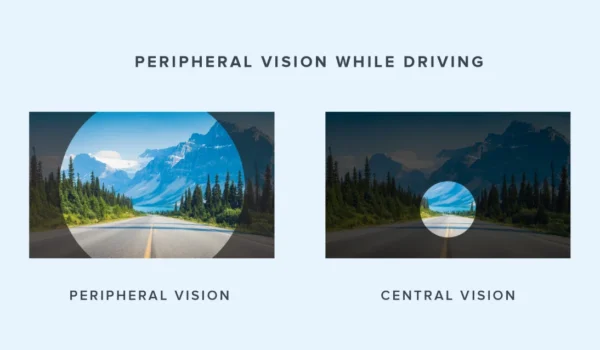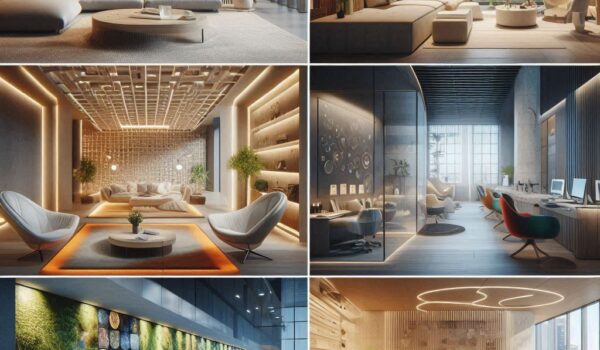
Evoking the Invisible: How Poetic Architecture Awakens the Senses
🌫️ 1. A Sensory Opening: Space That Whispers You step into a shadowed stone corridor. The air carries the scent of cool earth and old wood. Your footsteps echo softly,...

🌫️ 1. A Sensory Opening: Space That Whispers You step into a shadowed stone corridor. The air carries the scent of cool earth and old wood. Your footsteps echo softly,...

Introduction: Why Cognitive Architecture Matters for Autism In designing therapeutic spaces for children with autism, architecture is no longer just a backdrop for healing — it becomes an active participant.Emerging...

Introduction In architectural design, we often focus on what we see directly in front of us. However, much of our spatial experience is shaped by peripheral vision—our ability to sense...

Introduction: The Limitations of Vision-Only Design Have you ever entered a beautifully designed space that looked impressive but felt strangely lifeless? Modern architecture and interior design often prioritize aesthetics, focusing...

1. Introduction Cognitive architecture is the application of psychological and neurological principles in design to create environments that positively influence human behavior, emotions, and well-being. Spaces designed with cognitive architecture...

Introduction Cognitive architecture is a revolutionary field that goes beyond aesthetics to design spaces that influence human behavior, emotions, and cognitive states. It creates environments that improve mental well-being, productivity,...

Introduction Healthcare facilities are more than just functional spaces; they are environments where patients heal, staff work, and visitors seek solace. The design of these facilities can profoundly impact recovery...